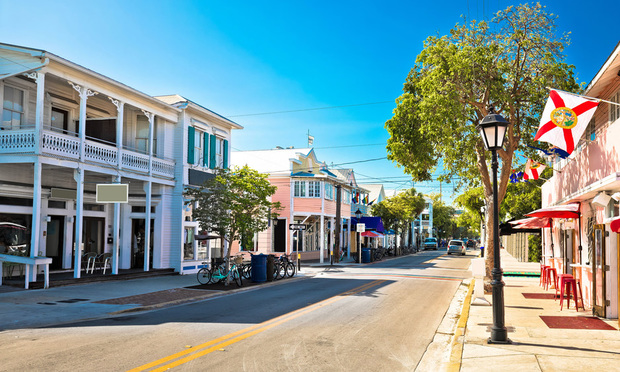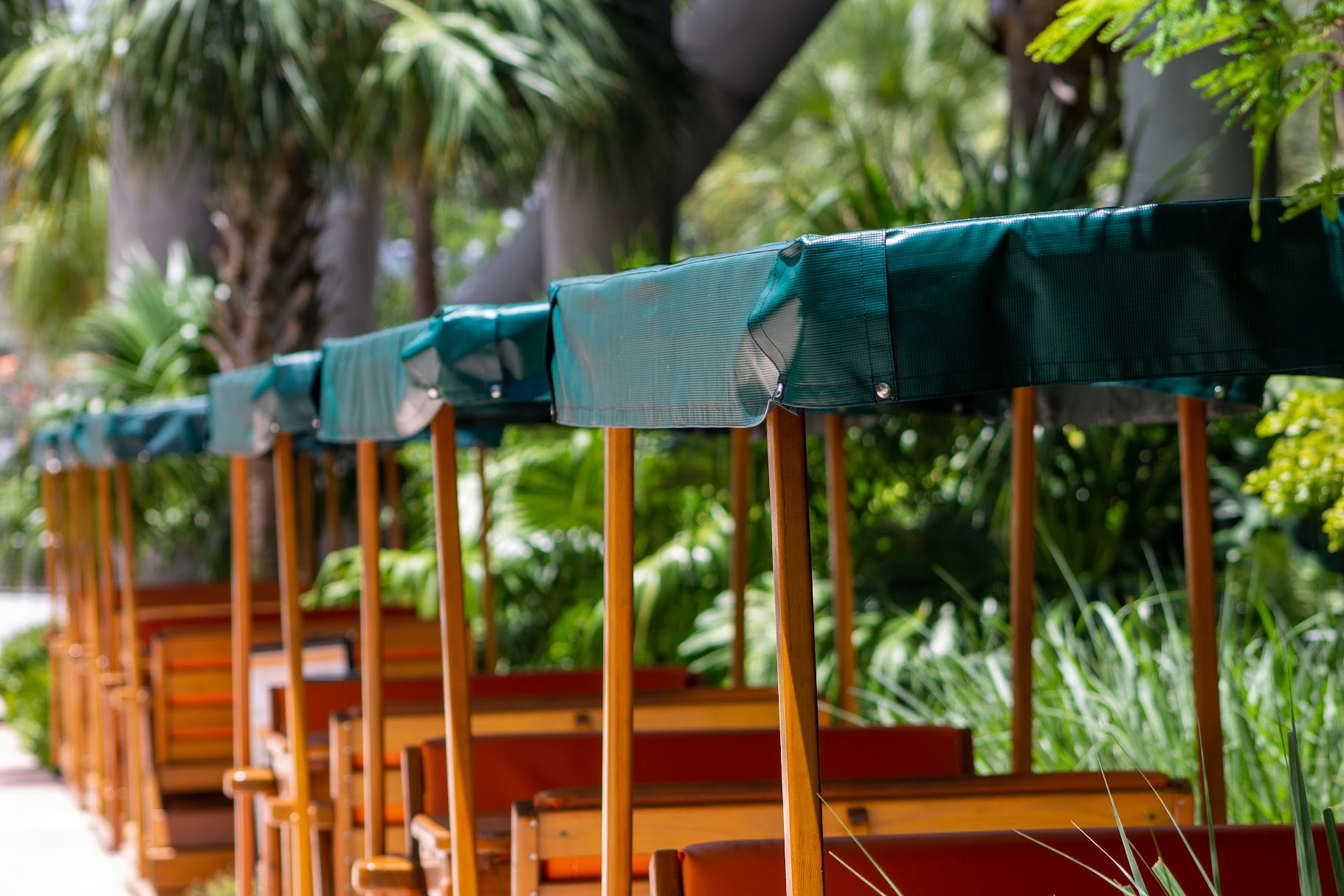International Tourism Down 66% from Pre-Pandemic Level and Retailers Feel It
Retailers in prime urban retail corridors like NYC’s Times Square, Boston’s Seaport District and Chicago’s Michigan Avenue are getting a big boost from the recovery of domestic tourism to pre-pandemic levels—a surge that is being dampened by lagging international travel.
According to new report from JLL on prime urban retail corridors—entitled City Retail 2023 and released at the start of ICSC in NYC—domestic tourism now is exceeding pre-pandemic levels in six major US markets. In a comparison of September 2022 and September 2019 statistics, Miami (129%); Boston (120%); Los Angeles (117%), NYC (112%); Philadelphia (108%); and Chicago (101%) all have exceeded the 2019 level for domestic tourism.
“While this has offered a needed boost to tourist-dependent retailers, foot traffic in these corridors will likely remain partially depressed until international tourists return,” JLL’s report stated.
Despite the easing of restrictions for international tourists in December 2021, international visitation is still down more than 66% from pre-pandemic levels, the report said, citing statistics from the International Trade Administration.
The top three US markets for international arrivals are well behind their totals for 2019, according to ITA numbers, with NYC dropping from 13.5M visitors in 2019 to 5.1M in 2021; Miami, going from a pre-pandemic level of 8.3M to 3.4M in the same period; and Los Angeles dipping to 2.6M from a 2019 tally of 7.6M.
“Prime corridors that draw from existing residential populations have recovered faster than those located near central business districts, which are still awaiting the full return of office workers and international tourists,” JLL’s report said.
The report identified 31 city neighborhoods in eight US and three Canadian cities as prime urban corridors, which JLL defines as nationally recognized shopping districts distinguished by a mix of high-street, national and international tenants with a concentration of national credit tenants.
JLL’s report described retail real estate fundamentals throughout the US as “solid,” including steady absorption, low vacancy and increasing rents.
The report noted that foot traffic has been slowest to recover in the densest urban areas, with the exception of the red-hot Miami market, which alone among the top urban markets has exceeded pre-pandemic foot traffic since the beginning of last year.
The growth in Miami is a result of a migration that has accelerated during the pandemic.
“No part of the Sun Belt has benefited more from this pandemic-fueled attention than South Florida. Already a prime tourist destination, the area has seen a major influx of permanent residents,” JLL’s report said.
“Unsurprisingly, Miami has also seen some of the greatest retail rent growth in the country, with rents showing an annual appreciation of 9.5% in Q3 2022,” JLL said.



